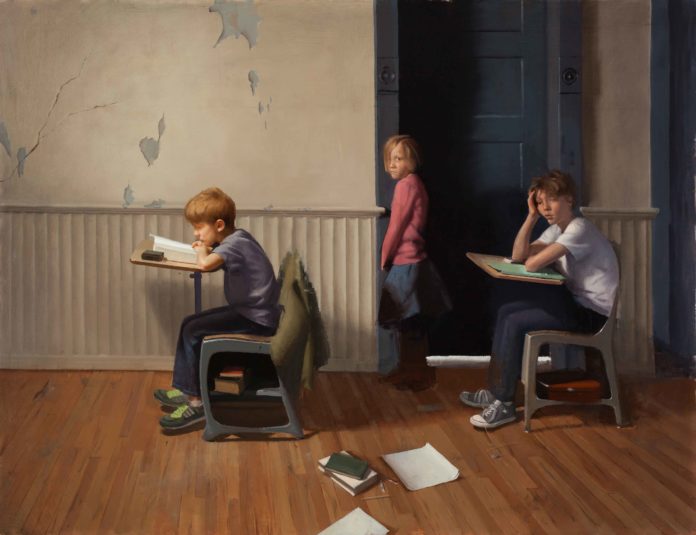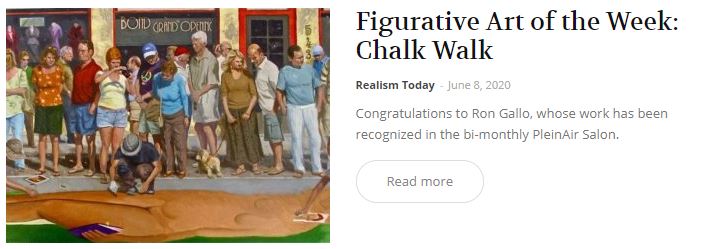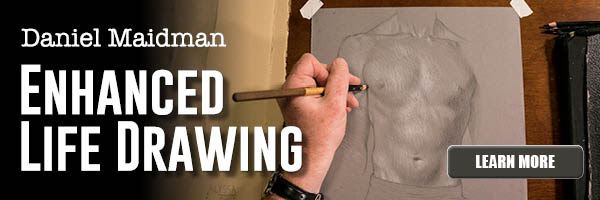In this artist spotlight, Andrea Kemp explains how, for her, evolving as an artist brings new meaning to her figurative art, in creating a “wordless dialogue.”
BY ANDREA KEMP
In the beginning my art was formed out of a love for the craft. For me, this is still true. The process of creating is something I would have needed in my life in one way, shape or form, if not through painting then through another channel. However, this is where fate would land me.
My work is no longer just a practice; it is a narrative too. Though I still feel like a student, I wish I could spend more time exploring the technical side of what I do. I know I am naturally growing as an artist and finding more of my voice. This holds more weight and importance for me than the technical side. It also at times can feel uncomfortable and exposed.
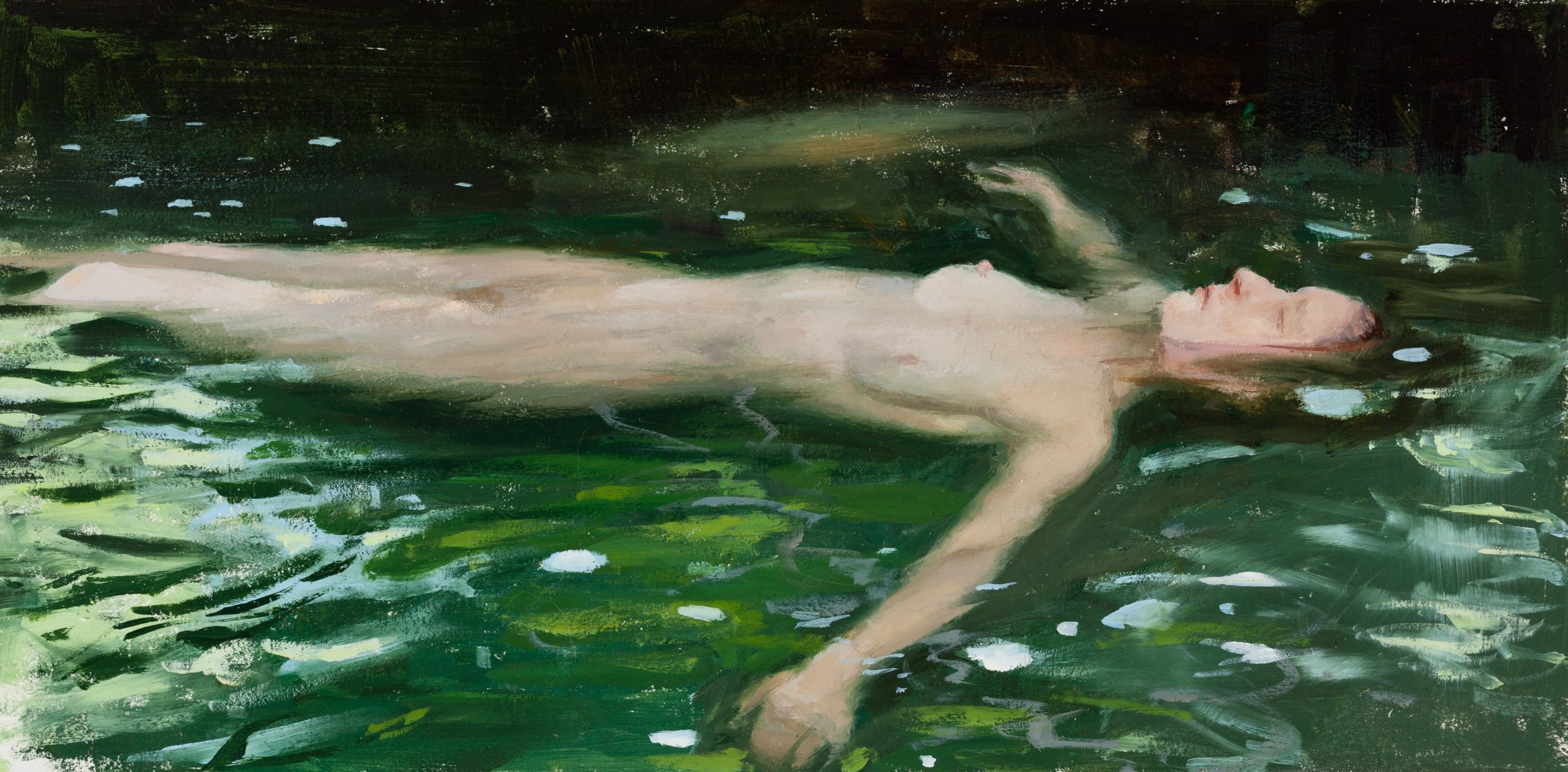
I have always been a more private person, even if it does not seem obvious to the outside world. With a constant stream of online platforms, it has become increasingly difficult to escape to the place I need to be creative. For artists trying to meditate on their work, these platforms are a blessing and curse. Of course, we all know how helpful these can be, but can we use them responsibly?
This world presents challenges, tests, and obstacles of all sorts. We are conditioned to perform on command or to lose our turn in this fast-paced world. When great things come through a creative channel, it’s because a length of time and the space allows something great to occur. As a culture we do not encourage this enough. Today, I, along with so many others, must make a conscious effort to give ourselves the opportunity to work in this environment.
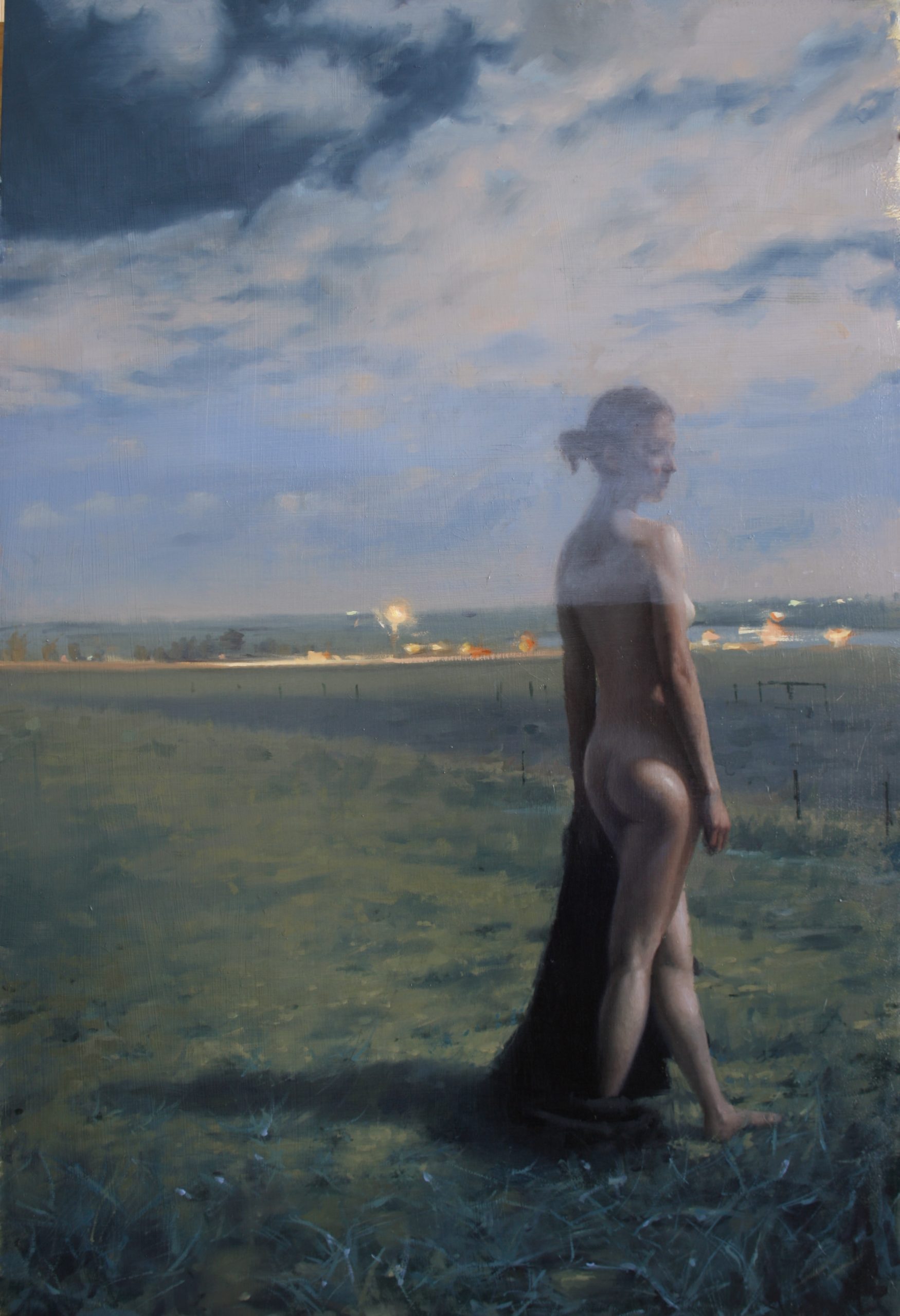
Who am I as an artist? One of the many reasons the medium of painting and drawing works so well for me is that it’s a wordless dialogue. My craft gives me the ability to communicate a wordless narrative in an attempt to draw in the audience. Because of this, both my craft and my concept are important tools. Without craft, your idea is just one more unique idea in this world that will never be appreciated by a larger audience. Craft and concept in combination help create something worth viewing. There is still one last puzzle piece: the synchronization of these components.
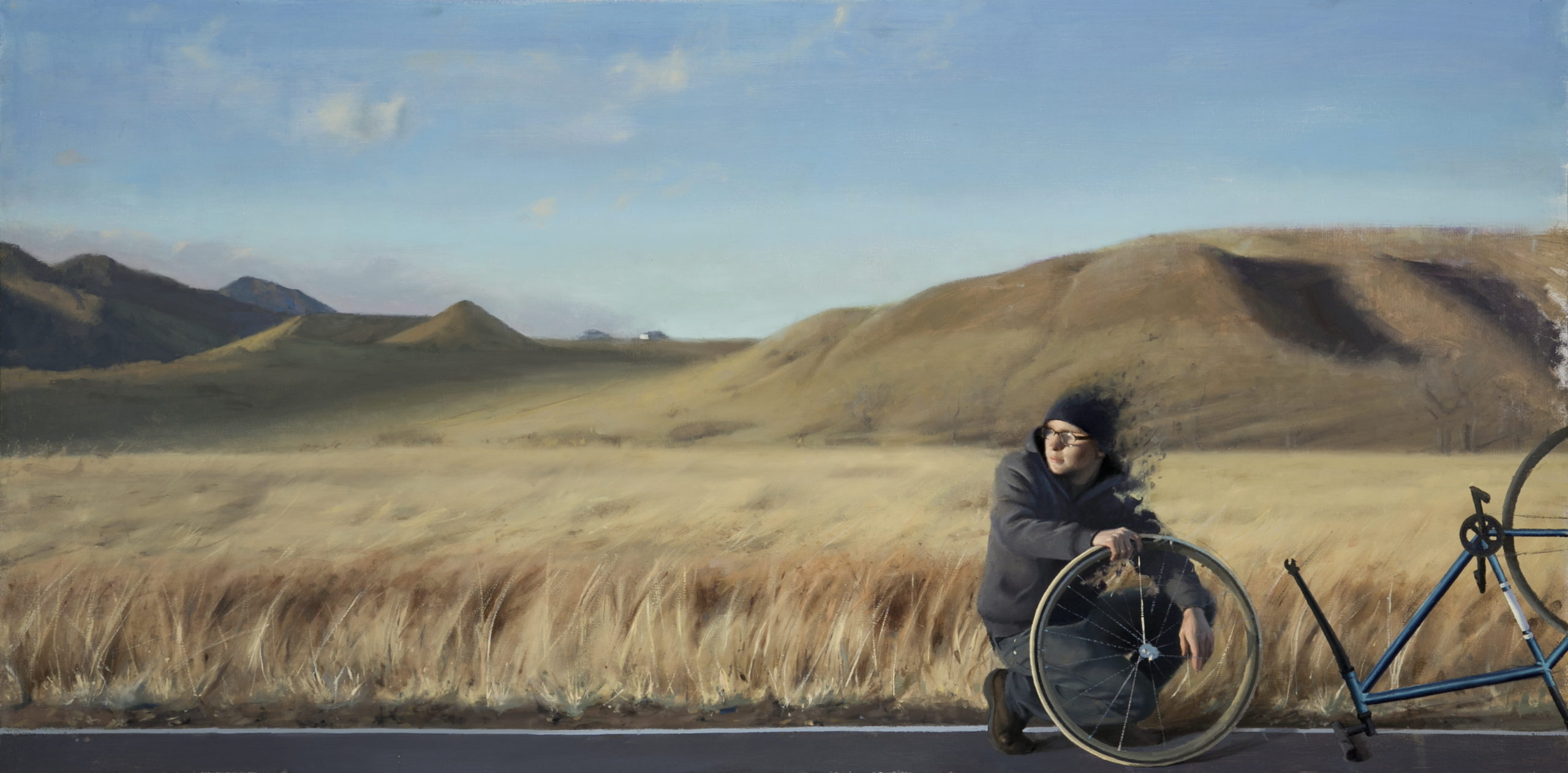
Every artist has their own process and way of coming to what would be considered a finished piece of art. It is my firm belief that there are many roads to completion. For me that path can never be the same. I usually have an idea of the direction, but unforeseen obstacles always occur. These obstacles are the life and struggle that make a piece more than just a picture. I find this human quality of painting the most relatable.
There are several admirable components that when put together make good art. There is, of course, the artistry. This is the undeniable mastery that runs fluidly through the work. Artistry is achieved by repetition and usually appears to look effortless, though it certainly is not. Aesthetic appeal draws a viewer to this facet of art.
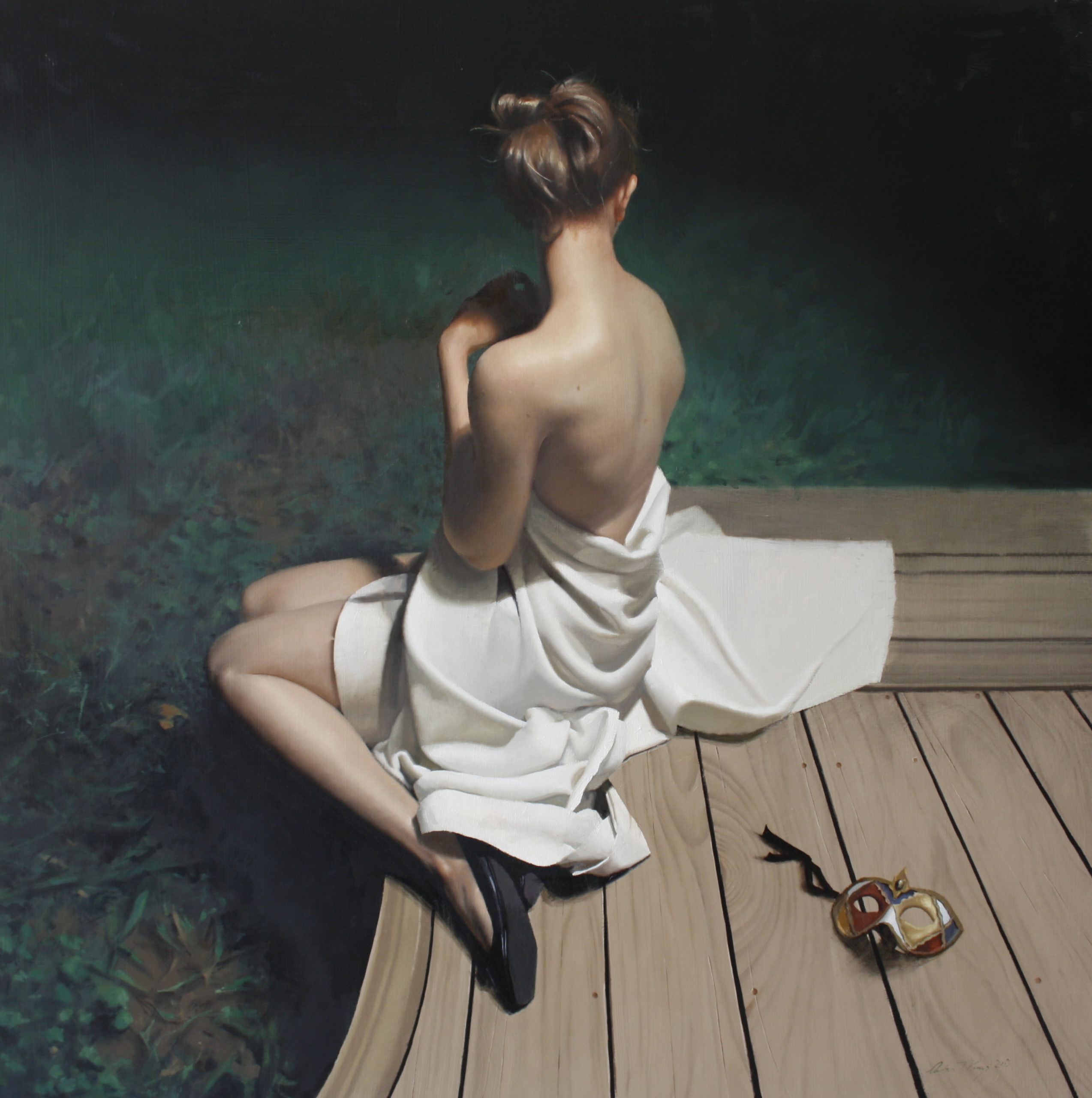
On the other hand I find grit to be almost equally important when creating a powerful, thought-provoking piece. Grit is the struggle, the rawness of the process the artist endures in painting. The authenticity and honesty that grit can bring to a piece of art makes it have more than just a surface value.
Then there is the tone, which is a sense of overall feeling that the work exudes. There are many ways to obtain this in a piece. An obvious way is through tone or value, but when all principles of design are utilized to obtain tone a very bold statement can be made.
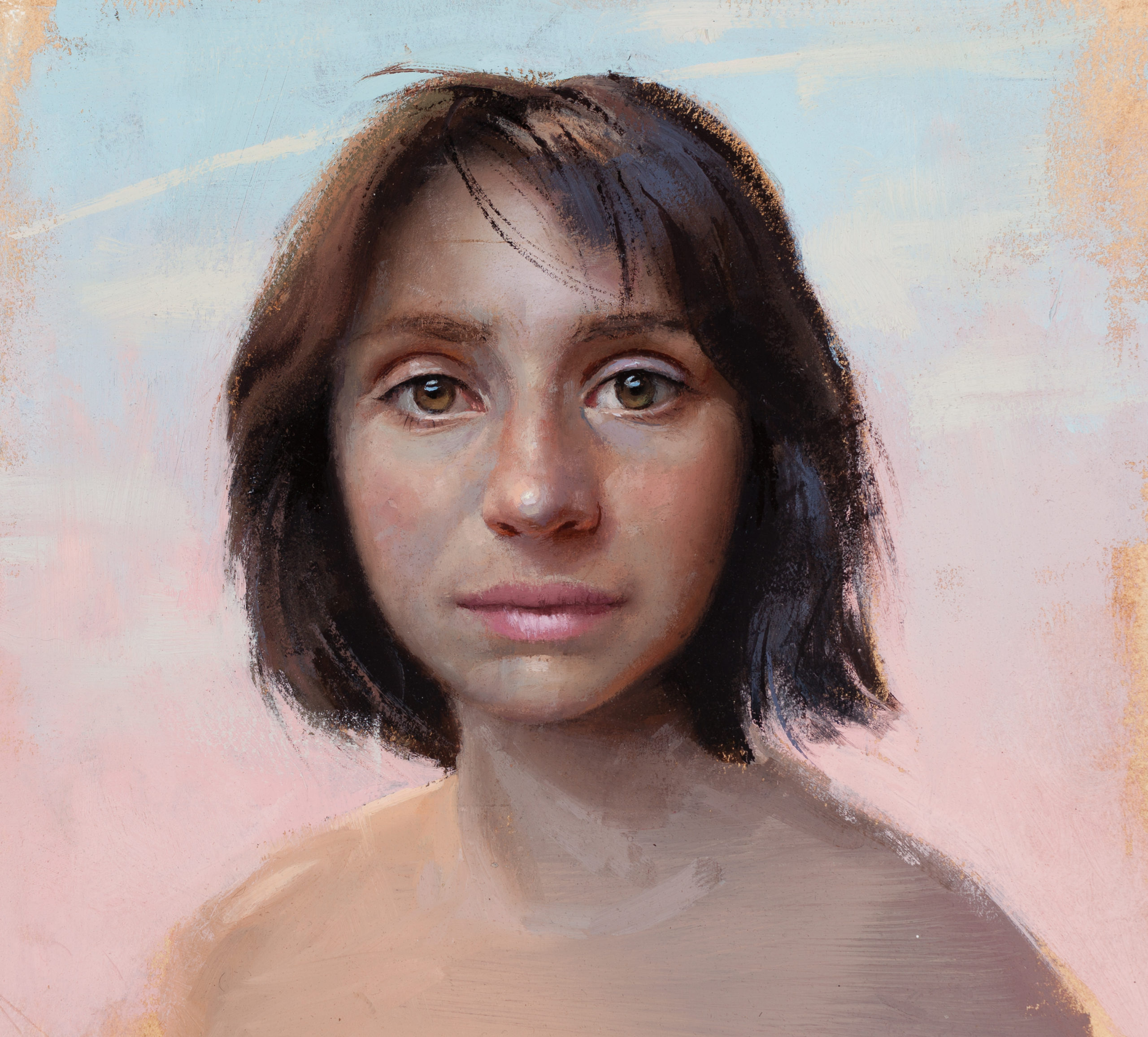
Lastly, there is the imagery chosen to use as the vehicle to tell the story. Sometimes imagery can be a difficult aspect of a piece to look past, and be used by an artist in effective combination with the previously mentioned principles. When I have trouble seeing past the subject matter and my tone is not working, I remove the subject matter and think what other elements portray what I am trying to say. This different vantage point always helps bring clarity to my work.
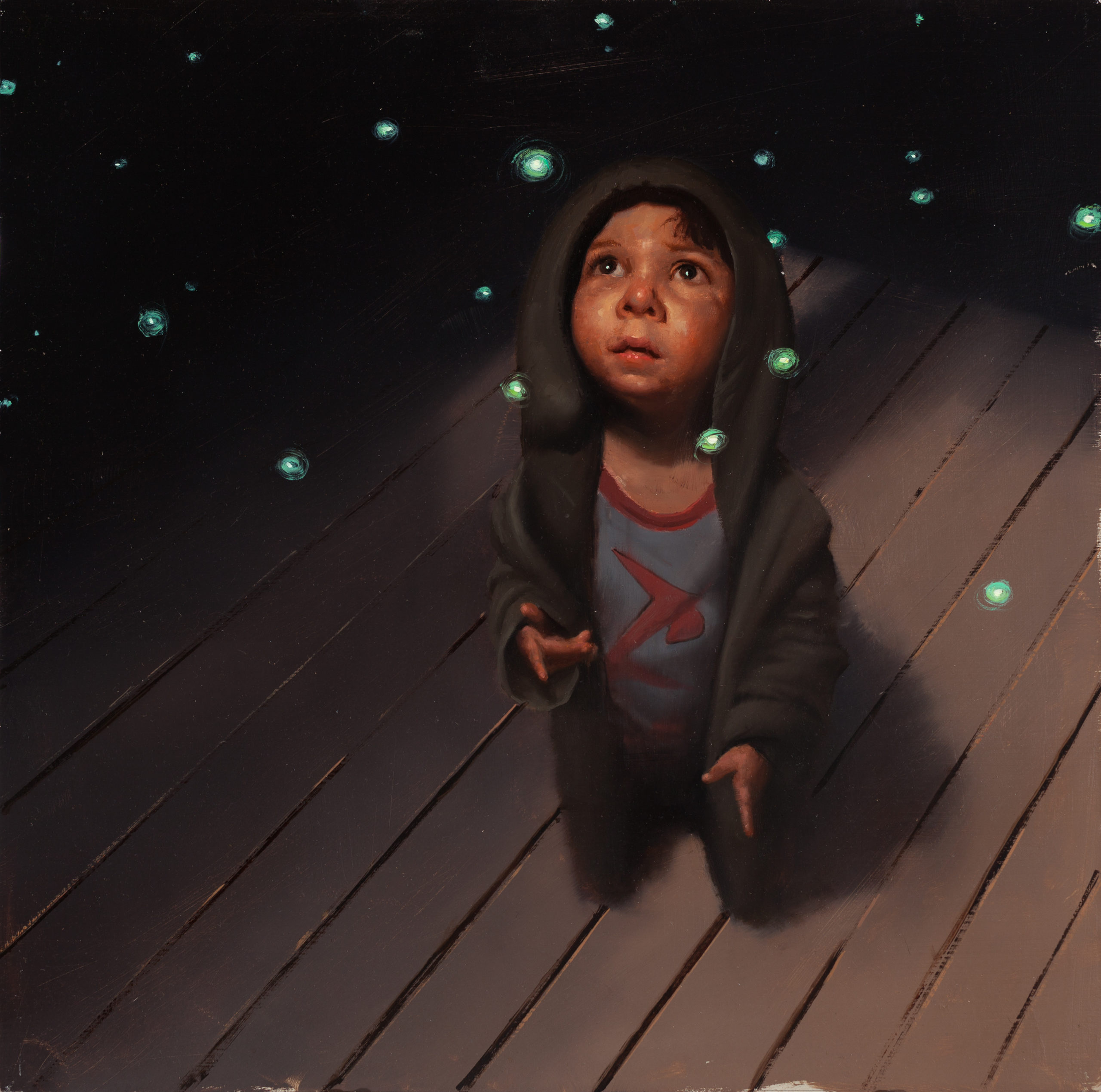
Though all of these principles are important to the whole, I think having a little of all of them incorporated into work is what makes for a successful piece of art.
I try to put together these different components with grace and intrigue in a way that delivers an image that reflects the one I first began with in my mind—the one that engaged my imagination. It is not always easy and I find the more I know the harder it is to deliver these personal images in a way that is true to what I believe and see.
I hope that my work communicates an open-ended narrative with a very clear tone. Every artist has their own way of communicating through their work. My process tends to begin with ideas that come to mind, with tones and feelings in dreamlike worlds that spark some curiosity for me.
Most importantly I am moved to make work that is meaningful to me, and I hope that my audience can find something of value as well. I can only chase my dreams. I cannot try and follow others. I know that if I execute my work to reflect my vision, others will see something of substance and beauty.
Connect with Andrea Kemp
Website | Instagram


